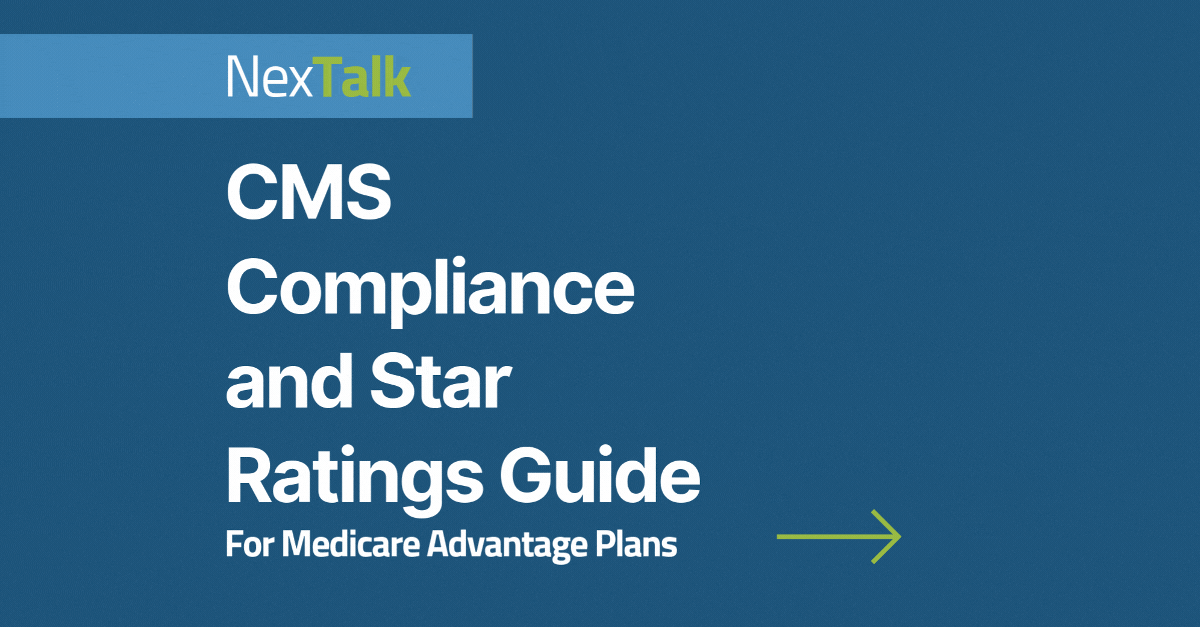Demystifying ADA Compliance for Call Centers

In the digital age, ensuring that everyone, regardless of their abilities, has equal access to services is more important than ever. The Americans with Disabilities Act (ADA) was enacted to guarantee that people with disabilities have the same opportunities as everyone else. This legislation plays a crucial role in call centers, where communication barriers can hinder service for Deaf people, hard-of-hearing customers, or cognitivly challenged individuals. But what does ADA compliance really mean for call centers? Let's dive deep and demystify ADA compliance in this setting, spotlighting how NexTalk offers a path to seamless integration.
Understanding the ADA
Before diving into the specifics for call centers, it is essential to grasp the ADA's broader intent. Enacted in 1990, the ADA is a civil rights law prohibiting discrimination based on disability. It covers various sectors, from public and private spaces to employment opportunities. The Act ensures that those with disabilities have the same rights and opportunities as everyone else1.
The Importance of ADA for Call Centers
Call centers serve as primary points of contact between businesses and their customers. They represent the brand, its values, and its commitment to customer service. As such, ensuring they are accessible to all, including those with disabilities, is vital. This is where the ADA steps in:
- Barrier-Free Communication: The ADA mandates that call centers must provide means for people with disabilities, including the hearing and speech impaired, to communicate effectively. This could involve technologies like TTY (Text Telephone) or other assistive solutions.
- Equal Access: Beyond just communication, the ADA ensures that individuals with disabilities can access and use call center services just as easily as those without disabilities. This means no additional charges, no prolonged waiting times, and no inferior service quality.
- Continuous Training: ADA compliance isn't just about technology. Call center representatives must receive regular training to ensure they can assist callers with disabilities effectively and compassionately.
Potential Implications of Non-Compliance
Failing to adhere to ADA regulations can have serious implications:
- Legal Repercussions: Businesses can face lawsuits if they don't comply with ADA regulations. These can be costly, not just in terms of financial penalties but also in the potential damage to a company's reputation2.
- Lost Business Opportunities: Discretionary income for working-age people with a disability is over $490 Billion3. When the disability community finds it challenging to communicate with a business, they'll likely turn to competitors and recommend their fellow community members do too. This means potential lost revenue and diminished brand loyalty.
- Operational Challenges: Without proper ADA compliance measures in place, call center representatives might find themselves ill-equipped to handle certain calls, have increased call-time from relay operators, or transcribe incorrect information, leading to inefficiencies and reduced customer satisfaction.
NexTalk: Paving the Way to ADA Compliance
Understanding ADA compliance's complexities can be daunting for any business. This is where NexTalk comes into play. As a leading accessible communication solution provider, NexTalk offers a suite of tools and technologies specifically designed to make call centers ADA-compliant. Their intuitive software ensure barrier-free communication, allowing representatives to communicate seamlessly with customers, no matter their abilities. By integrating NexTalk's solutions into their call center enviornment, businesses not only uphold the ADA's principles but also enhance their customer service experience, fostering trust and loyalty among their user base.
Steps to Ensure ADA Compliance in Your Call Center
- Assessment: Begin by assessing your current setup. Identify potential communication barriers and areas where your call center might be falling short in terms of ADA compliance.
- Integrate Assistive Technologies: Invest in technologies that facilitate communication with the hearing and speech impaired. This could include NexTalk Access Contact Center RTT/TTY, real-time captioning, or voice-assisted systems.
- Regular Training: Ensure your team is well-versed in using these technologies. They should also be trained in understanding the unique needs and challenges faced by callers with disabilities.
- Feedback Loop: Encourage feedback from customers with disabilities. Their insights can provide invaluable pointers on where you might need to make improvements.
- Stay Updated: ADA regulations and best practices might evolve over time. Stay updated with any changes and be prepared to adapt your call center operations accordingly.
ADA compliance in call centers is more than just a legal requirement. It's a testament to a business's commitment to offering unparalleled service to all its customers, that accomodates their unique physical and cognitive abilities. By understanding the ADA's mandates and incorporating solutions like those offered by NexTalk, call centers can not only steer clear of potential legal pitfalls but also enhance their overall customer service experience.
Footnotes
1. U.S. Department of Justice: Introduction to the ADA
2. Forbes: Accessibility Lawsuits Rising Exponentially In 2023


